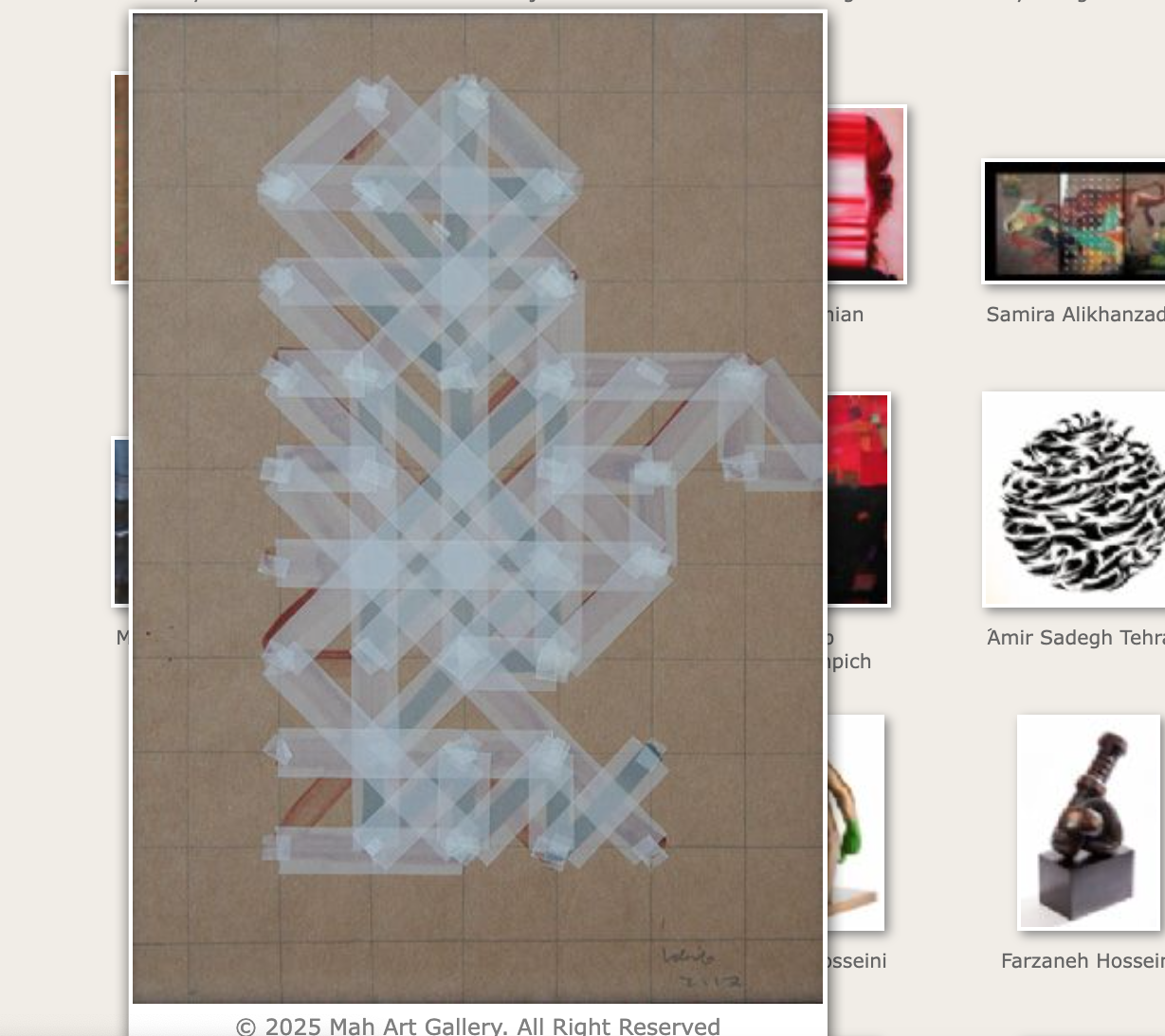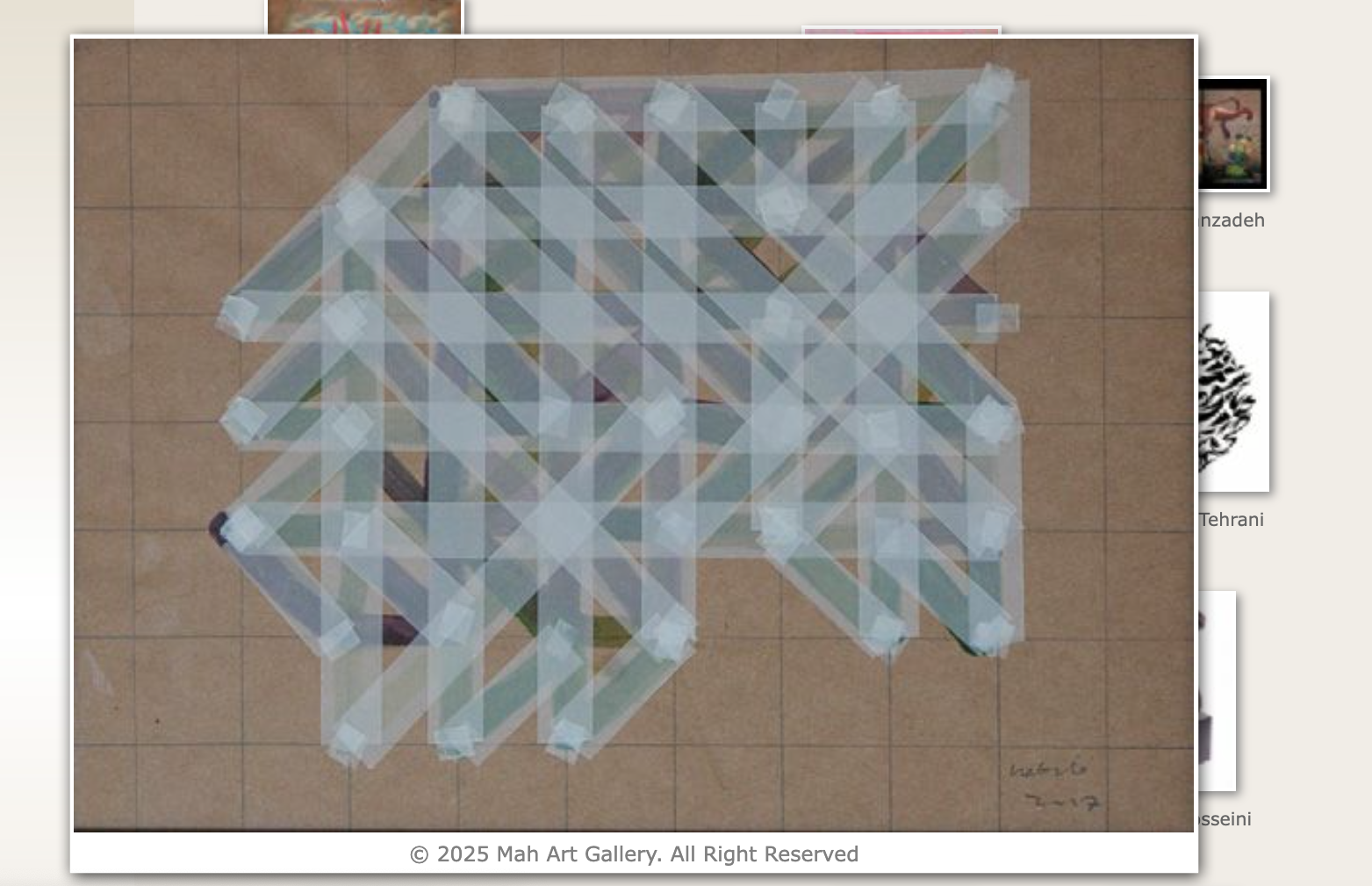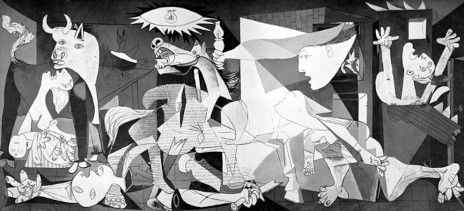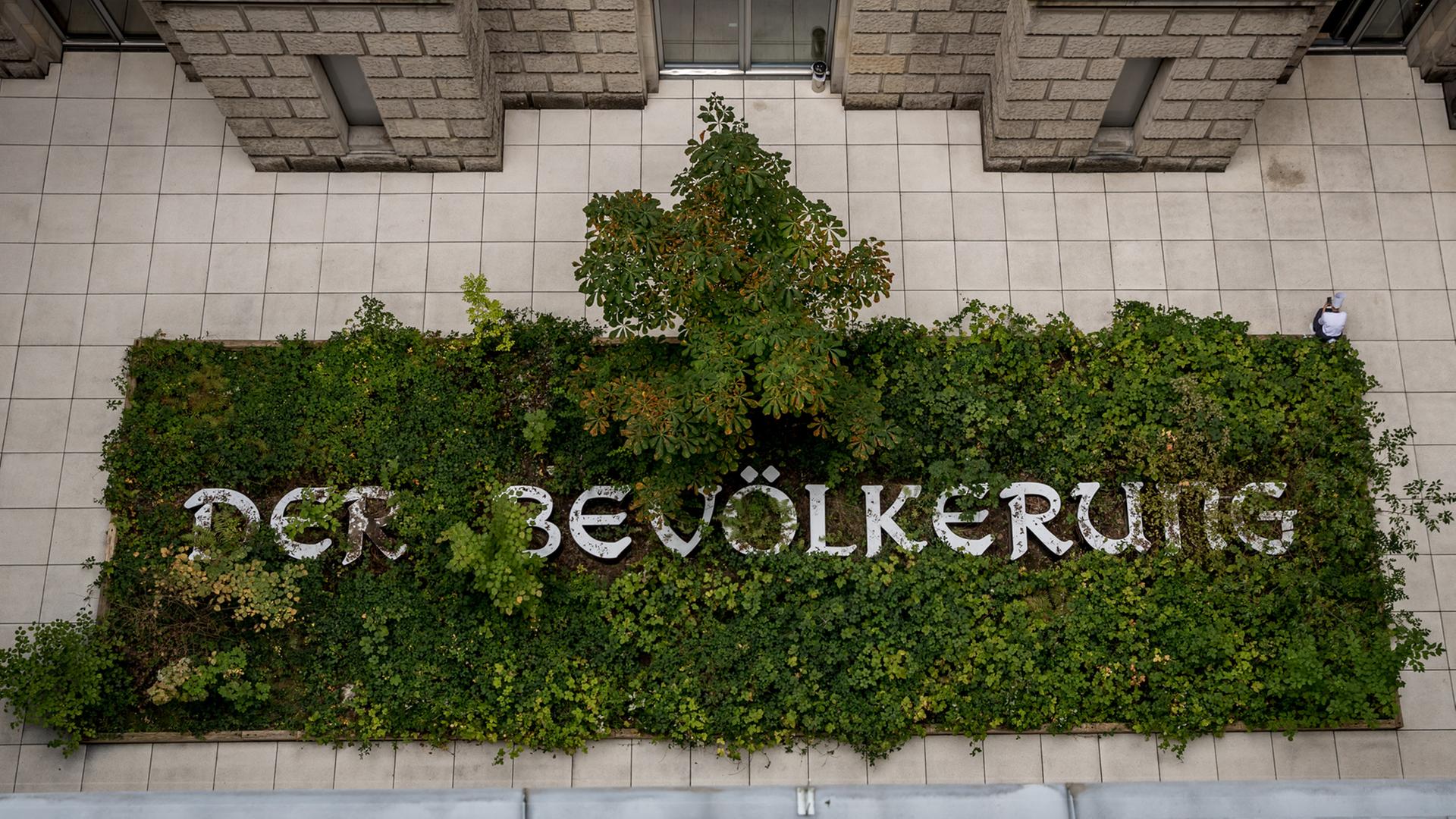The Aesthetics of Repetition
On Two Works by Habib Rezaei at Mah Gallery
Dr. Azam Hakim
Language : Englisch / persisch
The smallest and most fundamental semantic unit, the X and Y axes, have formed a framework to define concepts, much like in various sciences, including geometry. Each line, exactly like the others and in relation to them, moves within its comprehensive network and within the framework of … Read More …
Of Death and Awareness:
Picasso’s Vision of Life in Guernica
Habib Rezaei
The monumental painting Guernica by Pablo Picasso emerged in response to a critical situation in Spain. This work was a reaction to the bombing of a Spanish town by General Franco. Regardless of the reasons and circumstances surrounding this horrific event—which claimed the lives of nearly 1,850 people—what becomes significant is the Spanish painter’s … More
Art as an Invitation to Thought and Discourse
Georg Peez, Habib Rezaei
In September 2000, Wolfram Tuersee, President of the Bundestag, contributed to the completion of a 21-meter-long artwork titled “Der Bevölkerung” (“The Population”) by the renowned German artist Hans Haacke by pouring several bags of soil— … More
Habib Rezaei (b.1979) is an Iranian artist based in Germany, whose practice unfolds through the fragile medium of transparency. Working predominantly in small-scale formats, Rezaei engages with the language of light and layering—not merely as aesthetic devices but as tools of resistance and remembrance. His works, often composed of oil on canvas or delicate works on paper, subtly reconstruct and disrupt traditional Iranian architectural motifs. Through a methodical yet intuitive distortion of geometric
patterns, Rezaei dismantles ornamental repetition, treating it as a metaphor for ideological stagnation and institutional rigidity.
Rezaei’s visual grammar draws heavily on the poetics of space and structure, yet within his transparent fields lies a persistent undercurrent of mourning—for a nation shaped by ongoing political trauma and collective sorrow. These works do not shout; they hover, whisper, fracture. They evoke the aftermath of events too complex for direct depiction, relying instead on temporal
fragility and spatial silence to suggest a form of institutional critique.
In Rezaei’s work, transparency becomes more than a material—it functions as both subject and strategy: a sensory veil through which memory, geography, and power are filtered. The interplay of order and disorder, symmetry and rupture, invites viewers into a space where repetition becomes warning, and ornament becomes message—a quiet but unyielding confrontation with authority and erasure.
info@habibrezaei.com
Follow me on Instagram › Instagram
© All rights reserved Habib Rezaei 2010 – 2025




